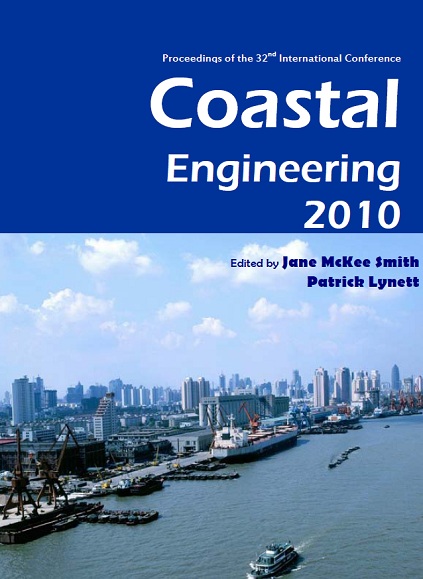Abstract
A tsunami risk mapping study for the east coast of the state of Sabah, Malaysia, has been initiated by the Government of Malaysia. The main objective is to produce tsunami risk maps that can be taken into account in local planning for the coastal zone. The study covers a coastline of more than a thousand kilometers which generally is sparsely populated outside the main population centers. The study is regional in character, but with additional focus on the main population centers. The paper outlines the overall steps of hazard mapping through source identification and modelling followed by tsunami wave propagation and potential modelling of overland flow. Modelling challenges related to sparse bathymetry data, limitations to resolution due to the large coverage required combined with a complex bathymetry with coral reefs, islands and outcrops is discussed. Data and model resolution for overland flow modelling is discussed. For the present study, it was found that the inaccuracies in the topographic data is of similar magnitude to the expected inundation levels, and caution has to be exercised in deriving hazard levels from the overland flow modelling. For a regional scale risk mapping exercise, and in the absence of very detailed topographic data, it may be preferable to use the wave height along the coastline as a hazard indicator rather than potentially inaccurate inundation levels and overland flow velocities.References
DHI, 2009. MIKE 21 & MIKE 3 Flow Model Hydrodynamic and Transport Module Scientific Documentation.
Hesselink, S 2008. Applikationsgestutzte Erstellung zeitabhängiger Bathymetrien fur die EchtzeitSimulation von Tsunamis aus Erdbeben. Diplomarbeit, Faculty of Civil Engineering and Geoinformatics, University of Applied Sciences Oldenburg, Germany.
Leschka, S., Hesseling, S., Kongko, W. and Larsen, O. 2008. A tsunami generation tool for dynamic sea bottom deformation and its application to the 17 July 2006 Java Earthquake tsunami, E-Proc. of the International Conference on Tsunami Warning (ICTW), DMS18DE, 12-14 November 2008, Nusa Dua/Indonesia.
Leschka, S., Pedersen, C., and Larsen, O. 2009. On the requirements for data and methods in tsunami inundation modelling - roughness map and uncertainties, Proceedings. of the South China Sea Tsunami Tsunami Workshop 3 (SCSTW3), University Sains Malaysia, Penang, 3-5 November 2009.
NGDC (National Geophysical Data Center) 2009. World-wide tsunamis, 2000 BC to 2009. NOAA.
Okada, Y. 1985. Surface deformation due to shear and sensile faults in a halfspace. Bulletin of the Seismological Society of America, 74(4), 1135-1154.
Rastogi B.K. and R.K. Jaiswal. 2006. A catalog of tsunamis in the Indian Ocean. Science of Tsunami Hazards, Vol. 25, No. 3. 128 - 143.
Tongkul, F. 2009. Tsunami modeling impact studies for north and east coast of Sabah, Malaysia. Internal study report submitted by Dr. Felix Tongkul, Universiti Malaysia Sabah, November 2009.
USGS/NEIC (United States Geological Survey / National Earthquake Information Centre), 2009.

